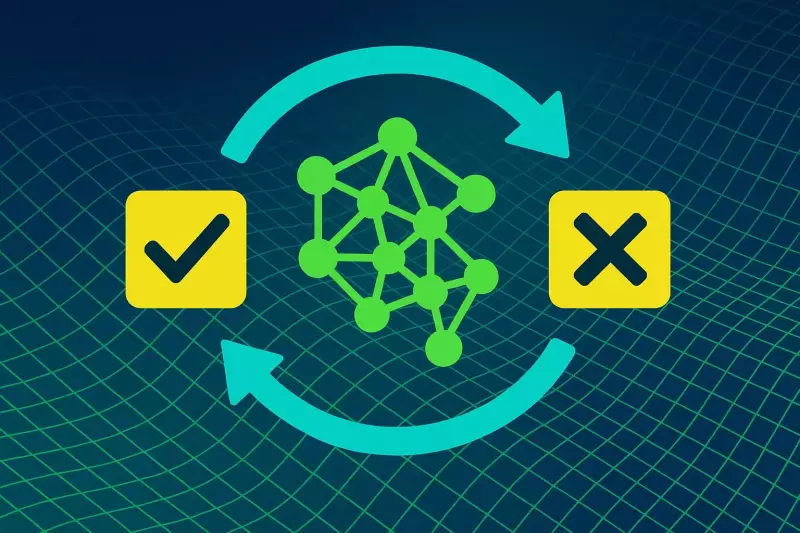Explore SwiReasoning, a novel AI framework enhancing large language model efficiency by dynamically switching between reasoning modes, improving accuracy and token usage.

The world of large language models (LLMs) is constantly evolving, and a recent development is making waves: SwiReasoning. This innovative framework, designed by researchers at Georgia Tech and Microsoft, promises to revolutionize how LLMs approach reasoning tasks. By dynamically switching between different reasoning strategies, SwiReasoning aims to boost both accuracy and efficiency.
Understanding SwiReasoning's Core: Reasoning Modes
At the heart of SwiReasoning lies its ability to toggle between two distinct reasoning modes:
- Chain-of-Thought: This mode tackles problems step-by-step, using plain language to break down complex tasks.
- Latent Reasoning: This mode operates within the model's vector space, performing reasoning without generating explicit text output.
The framework intelligently decides when to switch modes by monitoring the model's uncertainty, measured by the entropy of token probabilities. Low entropy indicates confidence, prompting a shift to explicit mode to solidify the line of thought. Conversely, high entropy signals uncertainty, triggering a return to latent mode to explore alternative solutions.
Preventing Overthinking and Enhancing Efficiency
To prevent models from getting stuck in unproductive thought loops, SwiReasoning incorporates several mechanisms. Asymmetric dwell times ensure that switching to explicit mode happens instantly, while returning to latent mode requires a minimum number of steps. A cap on the number of allowed mode switches further prevents endless internal debate, forcing the model to wrap up its reasoning when it reaches half the limit or to provide an immediate response if it exceeds the maximum.
The Impact of SwiReasoning: Performance and Token Efficiency
Tests on smaller models, such as Qwen3-8B, Qwen3-1.7B, and Deepseek R1, have shown promising results. SwiReasoning improved accuracy by up to 2.8 percent on math tasks and 2 percent on science tasks, particularly on the most challenging problems. Under strict token constraints, the framework significantly enhanced token efficiency, achieving improvements of 56 to 79 percent, and in some cases by as much as 6.8 times compared to standard chain-of-thought.
Real-World Implications and Accessibility
One of the most appealing aspects of SwiReasoning is that it requires no extra training and can be easily integrated as a replacement for standard generation functions. The implementation is available on GitHub, making it accessible to researchers and developers looking to enhance the reasoning capabilities of their LLMs.
A Glimpse into the Future
SwiReasoning represents a significant step forward in the quest to improve the reasoning abilities of large language models. Its dynamic approach to reasoning, combined with its focus on efficiency, holds great promise for a wide range of applications. As LLMs continue to evolve, frameworks like SwiReasoning will undoubtedly play a crucial role in shaping their future.
So, there you have it! SwiReasoning: making LLMs a little bit smarter, one token at a time. Who knows? Maybe one day, they'll be writing their own blog posts. But until then, we'll keep you in the loop!














































































